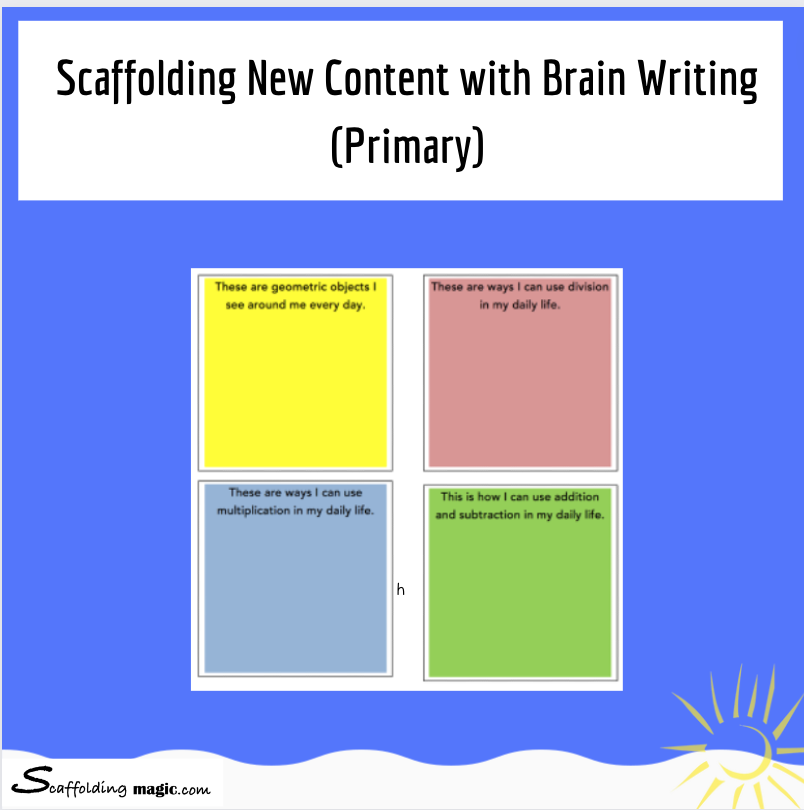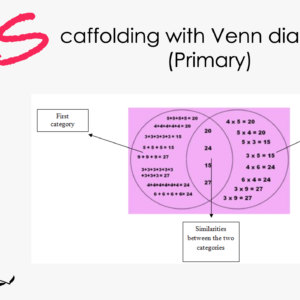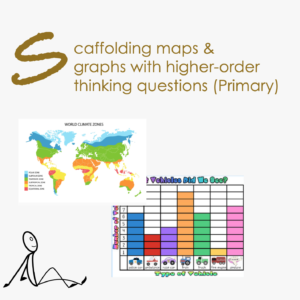Brainwriting. Lesser known than brainstorming or mindmapping, brain writing gives students the opportunity to share ideas in a safer setting and often yields more ideas in less time than traditional group brainstorming.
Brainwriting is very simple to prepare and you’ll find the steps in the attached PDF. Some of its advantages:
- it relieves students of the anxiety of the public classroom forum – such as in brainstorming;
- it raises the quality and quantity of the students’ output as they learn from each other;
- it synthesizes and summarises key points in the topic;
- the different learning styles included (verbal, linguistic, auditive, written, manipulative), increase synaptic connections and so encourage long-term memory.




